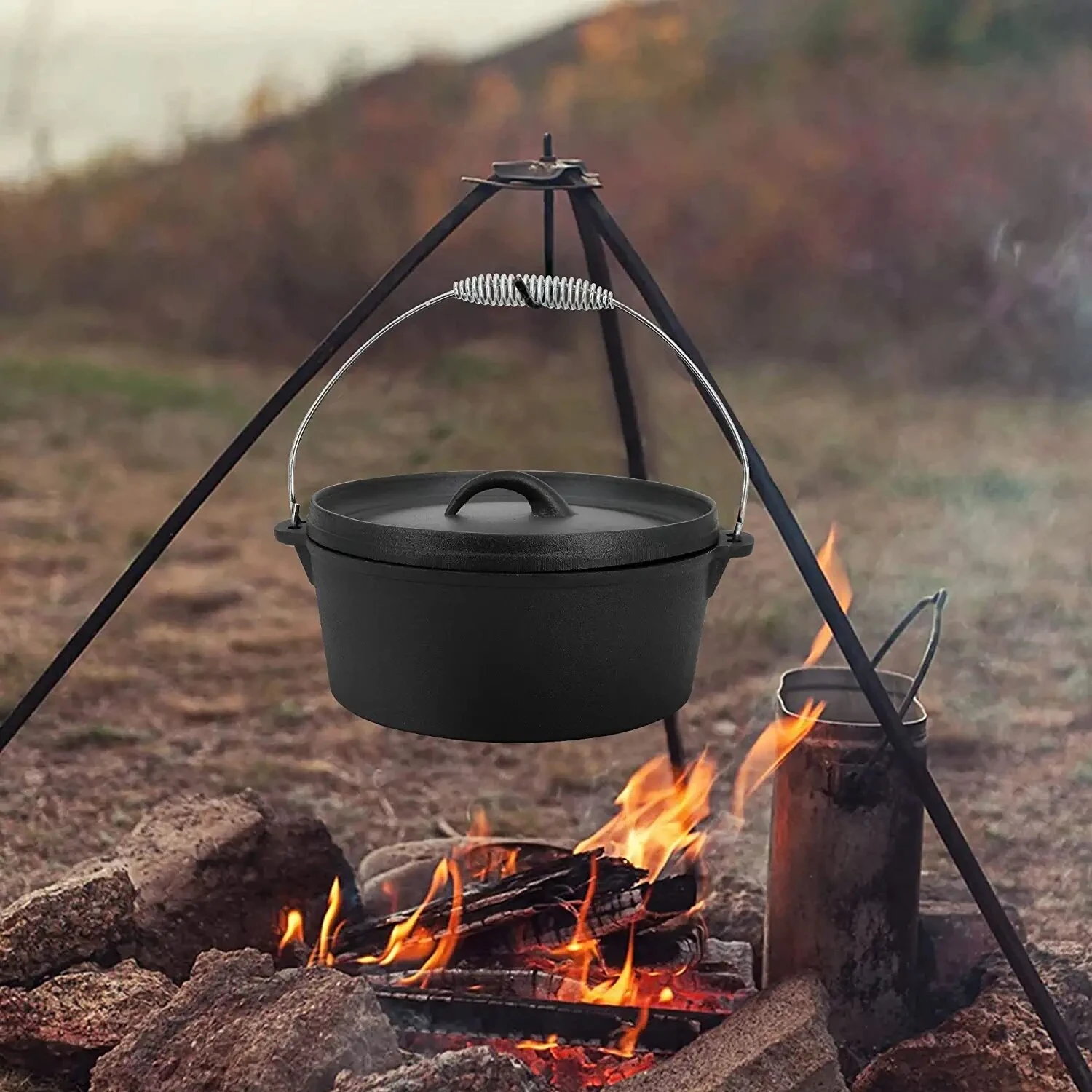
Are cast iron skillets truly non-stick or just seasoned with care?
Are Cast Iron Skillets Non-Stick? Understanding the Myths and Realities
Cast iron skillets have been a staple in kitchens for centuries, admired for their durability, heat retention, and ability to enhance the flavors of many dishes. However, a common question arises among both novice and experienced cooks Are cast iron skillets non-stick? While the answer is not as straightforward as one might hope, understanding the properties of cast iron and how to properly care for it can clarify this myth.
The Nature of Cast Iron
Cast iron cookware is made from iron that is cast into molds. This process results in a porous material that, when seasoned properly, can develop a natural non-stick surface. Seasoning involves coating the skillet with a layer of oil and heating it, allowing the oil to polymerize. This creates a protective layer that reduces food sticking, giving seasoned cast iron its renowned cooking surface.
The Seasoning Process
To achieve the non-stick quality of cast iron, seasoning is essential. When a cast iron skillet is appropriately seasoned, it can provide a non-stick cooking experience similar to that of non-stick pans. However, achieving this effect requires time, patience, and regular maintenance.
1. Cleaning Start with a clean skillet. Avoid using soap, as it can strip away the seasoning. Instead, use hot water and a stiff brush or sponge. 2. Drying After washing, dry the skillet immediately to prevent rust.
3. Oiling Apply a thin layer of cooking oil (flaxseed oil, vegetable oil, or shortening work well) to the surface of your skillet.
4. Heating Place the skillet upside down in an oven preheated to around 450°F (230°C) for an hour. This process allows the oil to bond with the iron, forming a durable non-stick layer.
The Reality of Non-Stick Properties
are cast iron skillets non stick

While a well-seasoned cast iron skillet can have non-stick qualities, it’s important to note that it may not perform exactly like traditional non-stick pans, especially those made with Teflon or ceramic coatings. Certain foods, particularly delicate items like eggs or fish, may still stick if not prepared correctly. Here are a few tips to minimize sticking
- Preheat the skillet Always heat your skillet before adding oil or food. This helps create a better cooking surface. - Use enough oil Don’t skimp on the oil, as it is crucial for maintaining the non-stick properties.
- Avoid high acidity Cooking highly acidic foods like tomatoes or citrus in cast iron can break down the seasoning, leading to sticking.
Maintenance Matters
To ensure your cast iron skillet maintains its non-stick surface, regular maintenance is essential. This includes periodically re-seasoning the skillet, especially after cooking acidic dishes or when the surface begins to show signs of wear. Regularly using your skillet can also naturally build up the seasoning over time.
Long-Term Benefits
Despite the initial effort required for seasoning and maintenance, cast iron skillets can last a lifetime when cared for properly. Unlike non-stick pans that may require replacement every few years due to scratches or degradation, cast iron only improves with time and use, offering a non-stick surface that is both resilient and versatile.
Conclusion
In conclusion, while cast iron skillets can indeed achieve non-stick properties through proper seasoning and maintenance, they may not provide the same performance as modern non-stick pans in every scenario. Embracing the unique qualities of cast iron, along with a bit of knowledge and care, can result in a remarkable cooking experience that enhances both flavor and texture. With a well-maintained cast iron skillet in your kitchen arsenal, you’ll not only have a reliable cooking tool but also a piece of culinary history that elevates every meal it touches.
-
Large Cast Iron Griddle Pan-Baixiang County Zhongda Machinery|Non-Stick&Heat RetentionNewsAug.03,2025
-
Cast Iron Cookware Pan- Baixiang County Zhongda Machinery|Non-stick, DurableNewsAug.03,2025
-
Black Cast Iron Pan- ZD Cookware|Non-Stick, Heat ResistantNewsAug.03,2025
-
Cast Iron Cookware Pancake Pan- ZD Cookware|Non-Stick, Even Heat, DurableNewsAug.02,2025
-
Cast Iron Cookware- Baixiang County Zhongda Machinery|Non-Stick, Heat RetentionNewsAug.02,2025
-
High Quality Kitchen Durable Black Round Cast Iron Cookware Pancake Crepe Pan With Wooden Handle|Non-Stick Surface&Heat RetentionNewsAug.02,2025


